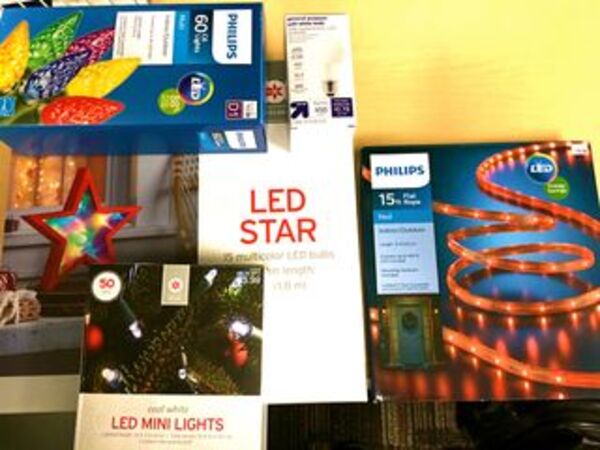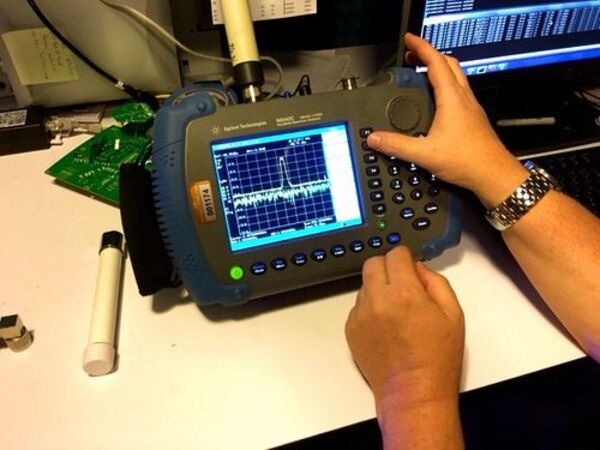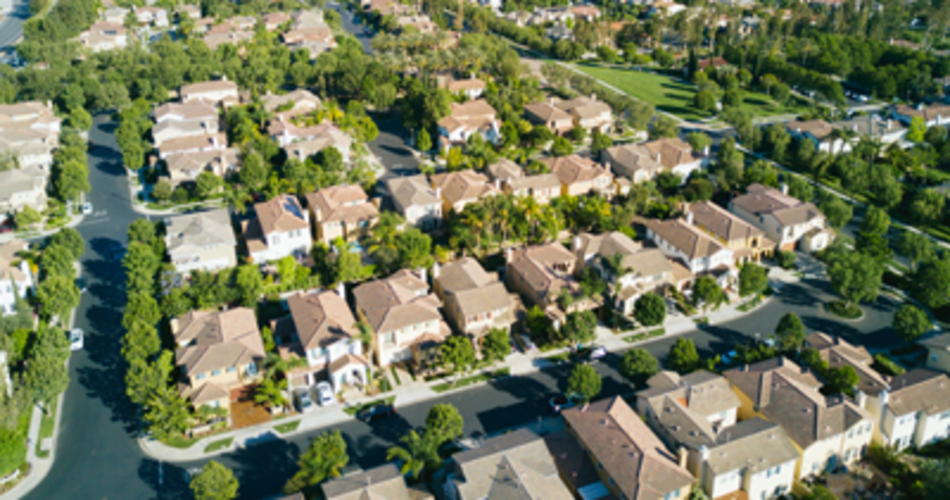Just in time for the holidays, we can confirm it’s safe to put up your Christmas lights – without degrading your Wi-Fi connection. Yes, we actually tested it. And unless you’re
Clark Griswold, you’ll be safe.
The back story: British regulators at Ofcom
reported last Tuesday with an in-depth look at the UK telecoms and wireless networks. Ofcom also unveiled a Wi-Fi Checker app that people could use in their homes to test wireless and broadband signals – and the
news release said home Wi-Fi can be hampered by “interference from other electronic devices, such as a microwave oven, baby monitor, a lamp - or even Christmas fairy lights.”
The Guardian quickly picked up on the “festive angle” with a
breaking story under the headline: “Warning that Christmas fairy lights can slow your Wi-Fi.” And thus a global news meme was born, sparking a range of
commentary,
speculation,
advice and hundreds of mostly cheeky
comments about “first world problems.” While some of the discussion was
thoughtful and even offered a
reality check, we didn’t see any new data to counter Ofcom’s non-data.
So…three of us spent an afternoon last week in the
Faraday cage, a “clean room” approach to testing equipment while blocking electrostatic and electromagnetic influences.

Here’s what we did to test the latest meme (see visual evidence below): We went to a local Target and bought four of the craziest LED “fairy lights” we could find. We took them into the Faraday cage and used a powerful
spectrum analyzer ($50K+) to determine if the lights were emitting any energy that would interfere with Wi-Fi. We plugged in each strand one by one, and then all at once. We then did a second test setting up a Wi-Fi network with an access point and client devices to do a “lights on” and “lights off” test to see if there was any degradation of Wi-Fi performance.
The result? Nada. Zip. Zilch. LED Christmas lights emitted no detectable interference in the first test, and had zero effect on Wi-Fi performance in the second. Suffice it to say that LED lights are not the scrooge of Wi-Fi-mas.
So go ahead and plug in your Christmas lights. While doing so, consider these pointers:
-
Speed-testing apps and sites are a very limited way to test wireless and broadband interference; they’re okay for spot-checks but many variables can change the results depending on when and where you run them.
-
“Interference” and “obstruction” differ. Interference is caused by other devices that use radio frequencies – it’s unpredictable yet can be turned on or off. Obstruction is caused by walls, floors and physical barriers – the degradation of Wi-Fi signals is constant and predictable based on location and material.
-
Wi-Fi interference can be caused by microwave ovens, baby monitors, wireless security cameras, older cordless phones and some other wireless electronic devices – typically higher-powered ones that emit more radio energy.
-
The broadband “pipe” coming into your home often provides less bandwidth than your Wi-Fi network, and thus can be culprit in performance overall.
P.S. Let us know if you find a set of Christmas lights that purportedly degrades your home or office Wi-Fi performance. We’re happy to go back in the Faraday cage…
 Here’s what we did to test the latest meme (see visual evidence below): We went to a local Target and bought four of the craziest LED “fairy lights” we could find. We took them into the Faraday cage and used a powerful spectrum analyzer ($50K+) to determine if the lights were emitting any energy that would interfere with Wi-Fi. We plugged in each strand one by one, and then all at once. We then did a second test setting up a Wi-Fi network with an access point and client devices to do a “lights on” and “lights off” test to see if there was any degradation of Wi-Fi performance.
Here’s what we did to test the latest meme (see visual evidence below): We went to a local Target and bought four of the craziest LED “fairy lights” we could find. We took them into the Faraday cage and used a powerful spectrum analyzer ($50K+) to determine if the lights were emitting any energy that would interfere with Wi-Fi. We plugged in each strand one by one, and then all at once. We then did a second test setting up a Wi-Fi network with an access point and client devices to do a “lights on” and “lights off” test to see if there was any degradation of Wi-Fi performance.






